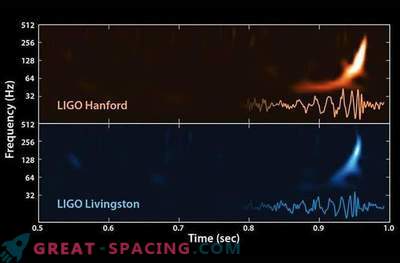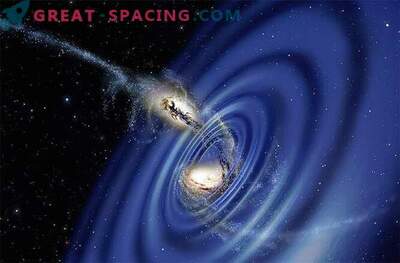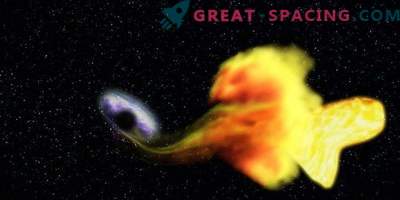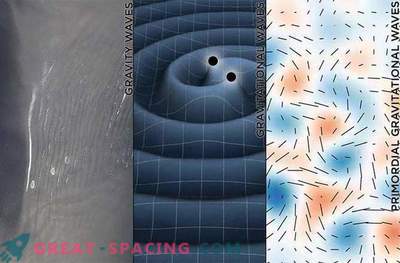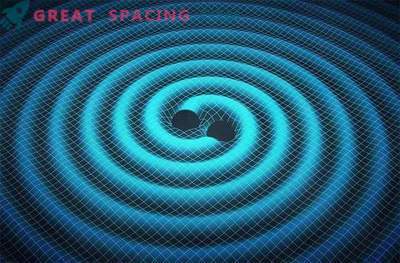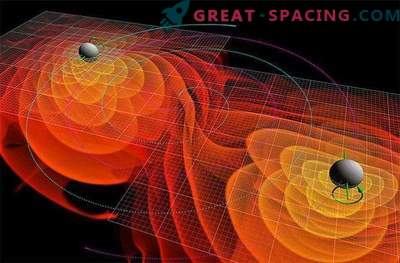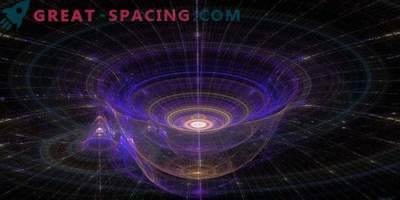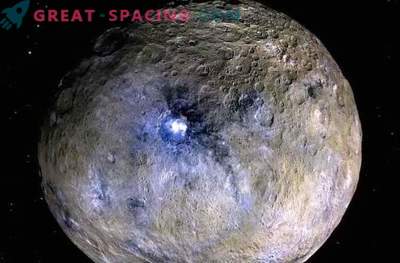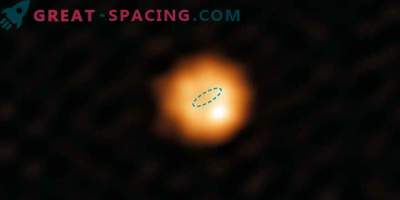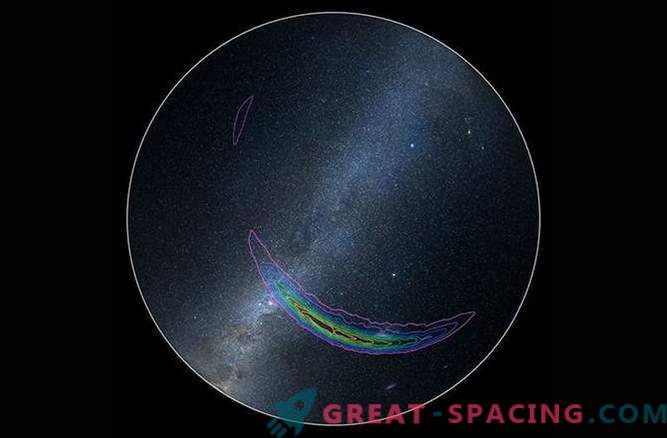
Today, during a historic and incredibly exciting announcement about the first ever detection of gravitational waves, we received the news that these waves were generated by two merging black holes located approximately 1.3 billion light years from Earth. This is an incredible astrophysical event, which is breathtaking in itself. So the next question that comes to mind, which is not surprising, is the direction in which they merged?
As it turned out, scientists of the laser interferometer of the gravitational-wave observatory - LIGO already have the answer, albeit a very approximate one.
As previously reported, LIGO consists of two stations - one located in Washington and the other for almost 2000 miles in Louisiana. The reason why there are exactly two stations is quite logical: if a gravitational wave passes through our space (yes, this space-time ripple passes through Earth and does not harm us), it should be detected at both stations . Thanks to this, it is possible to obtain confirmation that this is a “real” wave, and not a false trigger due to some local disturbance at one of the stations. Also, the presence of two stations allows scientists to conduct a triangulation of the signal in order to get the most extensive idea of where these waves are and where they are from. The announcement on Thursday made it clear that Livingston station (Louisiana) “heard” as a gravitational wave of “twittering” for 7 milliseconds to Hanford station (Washington) on September 14, 2015. Since the gravitational wave moves at the speed of light, this temporary difference was confirmed at both stations. Scientists immediately managed to find out in which direction the gravitational waves were moving.
Now cooperation LIGO has released a map of the sky of the Southern Hemisphere, which allows us to look into the bright future of gravitational wave astronomy. Outlines have been added to the map, which demonstrate the different probabilities of the places from which the signal might have originated. The outer purple line represents a 90% certainty that the source of the signal (colliding black holes) is contained within this area. White lines underline the possible area with 10% confidence.
The band of stars stretching across the middle edge of the Milky Way, Large Magellan Clouds and Small Magellan Clouds (two small nearby galaxies) can also be seen at the bottom of the image . It is worth noting that, although there is some uncertainty in the distance of a black hole, its location is far beyond the limits of our galaxy and the local group of galaxies. As more and more gravitational wave detectors go on the Internet, their observations are added to the LIGO detectors. And this ensures that you can more accurately determine the sources of gravitational waves, which turns them into a kind of gravitational maps of space. Of course, it may not be accurate, but this is the first such map of its kind, where two black holes 1.3 billion years ago were eaten inside their contours.

